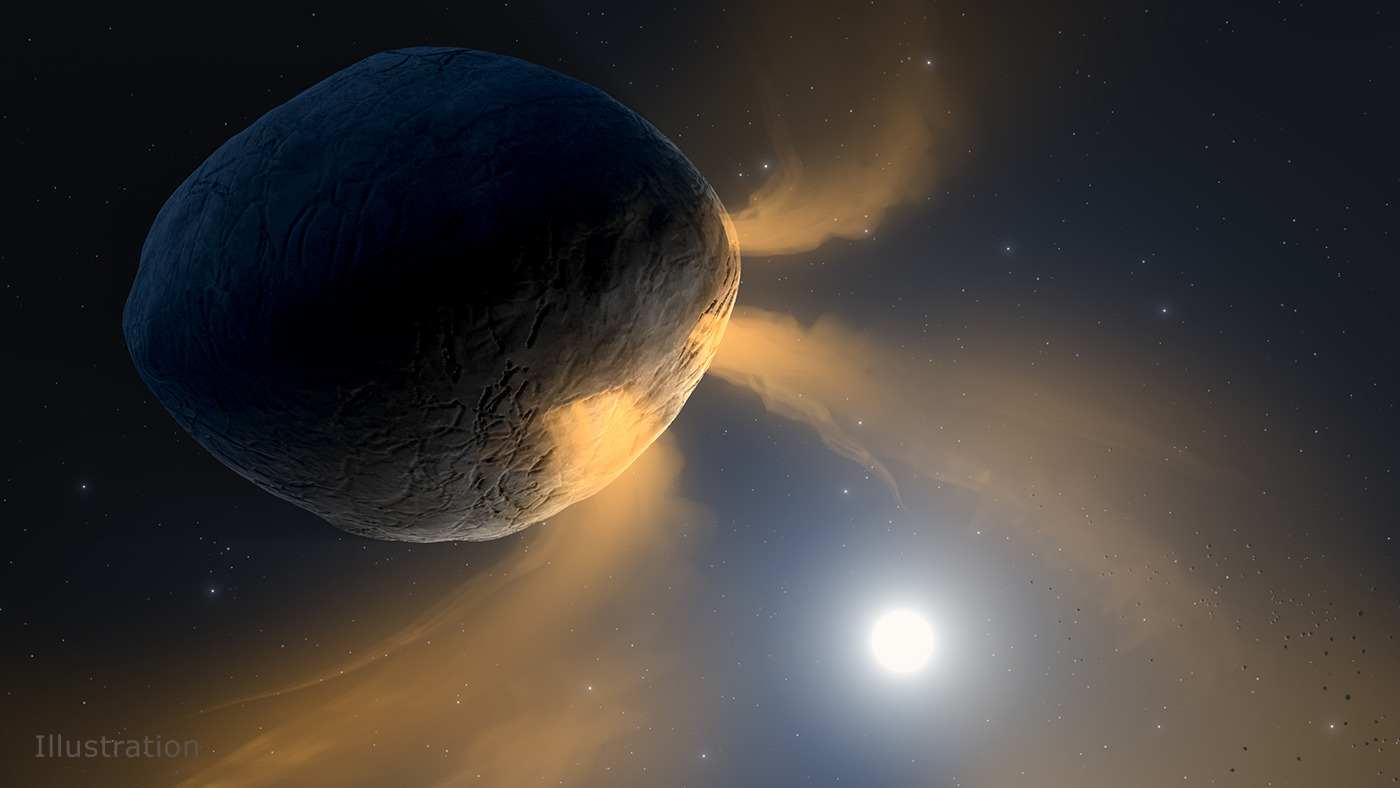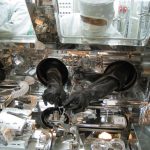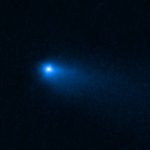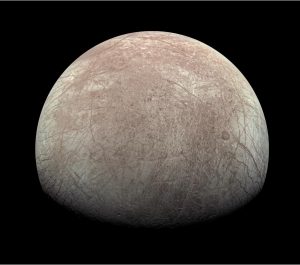
Global Space News: A surprising tail for Phaethon
Asteroid 3200 Phaethon is a near-Earth asteroid that thinks it’s a comet. Despite appearances suggesting Phaethon is a rocky asteroid, debris from the passing Phaethon is considered to be the source of the annual Geminid meteor shower. Such a deluge of shooting stars is usually the jurisdiction of comets. Additionally, as Phaethon approaches close to the Sun, the asteroid grows a short tail.

Phaethon’s tail was previously assumed to consist of dust pouring off the asteroid’s heated rocky surface. However, new observations by the NASA and ESA Solar and Heliospheric Observatory (SOHO) have revealed that Phaethon’s tail is actually not dust, but principally sodium gas. The tails of comets are known to emit sodium, along with dust and ions—explains Dr Arai Tomoko, Principal Investigator for JAXA’s upcoming DESTINY+ mission to fly-by Phaethon—But the lack of fresh dust is surprising, given dust must form the Geminids.
It’s an exciting discovery that asteroid Phaethon emits a tail at perihelion (when its closest to the Sun) of sodium atoms! Previously, Phaethon’s tail was thought to be due to dust emission. However, it was known that comets have dust tails, ion tails and sodium tails, which led to the idea of observing Phaethon with NASA’s SOHO mission.
Arai Tomoko, DESTINY+ Principal Investigator
But if Phaethon is currently emitting sodium but not dust, then the vast amount of dust supply that creates the Geminid meteor shower should have occurred a long time ago. The ground-based telescopic observation of the Geminid meteor shower show that the Geminids is actually depleted in sodium, which may be related to this discovery.
We really need a closer look at the Sun-ablated Phaethon, which is the goal of the DESTINY+ mission. DESTINY+ will fly-by Phaethon with a telescopic tracking camera and a visible-NIR multiband camera to observe the surface geology of Phaethon, and with a dust analyser that will directly measure the chemical composition of dust particles nearby Phaethon.
Sodium production is currently a hot topic, as it is also present in Mercury’s exosphere (which will be explored by the ESA/JAXA mission, BepiColombo), the lunar exosphere, and there are models that suggest that dust ejection from Phaethon is aided by sodium emissions.

While DESTINY+ will focus on understanding the multiple faces of Phaethon, the question of sodium production is not limited to asteroids and comet. Professor Saito Yoshifumi notes that there have been long-standing observations of tenuous sodium atmospheres around celestial bodies that lack thick air.

Sodium is also present around the Moon. Although the Moon is often thought of as a celestial body with no atmosphere or global intrinsic magnetic field, it has a very thin atmosphere composed of alkali elements such as sodium and potassium. The existence of the thin alkali atmosphere was first discovered by ground-based observations in the 1980s. The high mass resolution ion energy mass spectrometer MAP-PACE-IMA onboard the KAGUYA satellite launched in 2007 successfully made the first in-situ observations of thin alkali atmospheres such as sodium and potassium in lunar orbit at an altitude of 100 km, and revealed that these sodium and potassium were mainly emitted from the Moon surface by photon stimulated desorption.
Saito Yoshifumi, PI for Kaguya MAP-PACE, PI for BepiColombo/Mio MPPE
The BepiColombo/Mio satellite, which is currently flying toward Mercury, is also equipped with a high mass resolution ion energy mass spectrometer MPPE-MSA, that is an advanced version of MAP-PACE-IMA, and will directly observe sodium in Mercury’s thin atmosphere after arriving at Mercury in December 2025.
Yet, despite these observations of sodium production from multiple celestial worlds, the exact mechanism currently escapes us. This is an intriguing question that may be tied to not only the origins of Phaethon, but how all planets are formed and evolve. As Project Scientist for the ESA/JAXA BepiColombo mission to Mercury, Assistant Professor Murakami Go is keen to tackle this mystery at the Solar System’s innermost planet. BepiColombo is carrying two Mercury orbiters, one developed by ESA and the other by JAXA. The JAXA orbiter, nicknamed “Mio”, has an instrument onboard that will collect data on Mercury’s sodium atmosphere.

It has long been known that Mercury has a tenuous atmosphere composed mainly of sodium, but the mechanism of its formation has not yet been understood. Onboard the BepiColombo mission, the Mercury Sodium Atmospheric Spectral Imager (MSASI) which is mounted on the Mercury Magnetospheric Orbiter, Mio, will continuously observe the global atmospheric distribution and the changes over time to investigate this generation mechanism of this atmosphere.
Murakami Go, Assistant Professor, BepiColombo Project Scientist
Together, the discovery of Phaethon’s sodium tail presents two intriguing mysteries to be unravelled. What is Phaethon’s origins? Has Phaethon always been an asteroid, was it once a comet whose ices have long since sublimated away, or perhaps Phaethon is link to understand the relation between these two classes of small bodies? Then there is the issue of sodium production, and why sodium is seen as a thin layer around airless worlds. This could tie in to how all celestial bodies form, including the planets and our own Earth. These curiosities are why we are launching missions such as DESTINY+ and BepiColombo, to examine these worlds up close.
Further Information:
 Previous Post
Previous Post Next Post
Next Post






